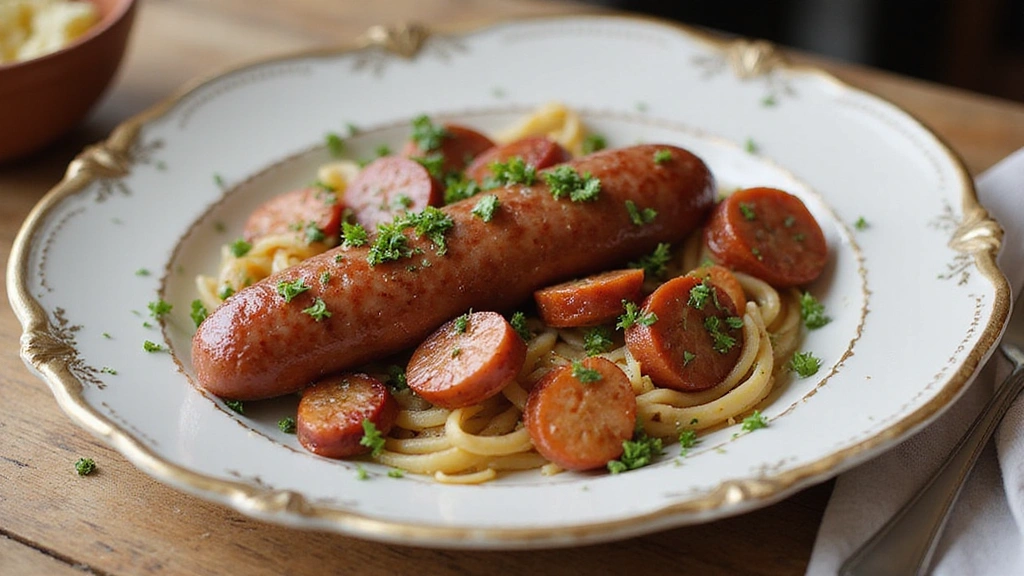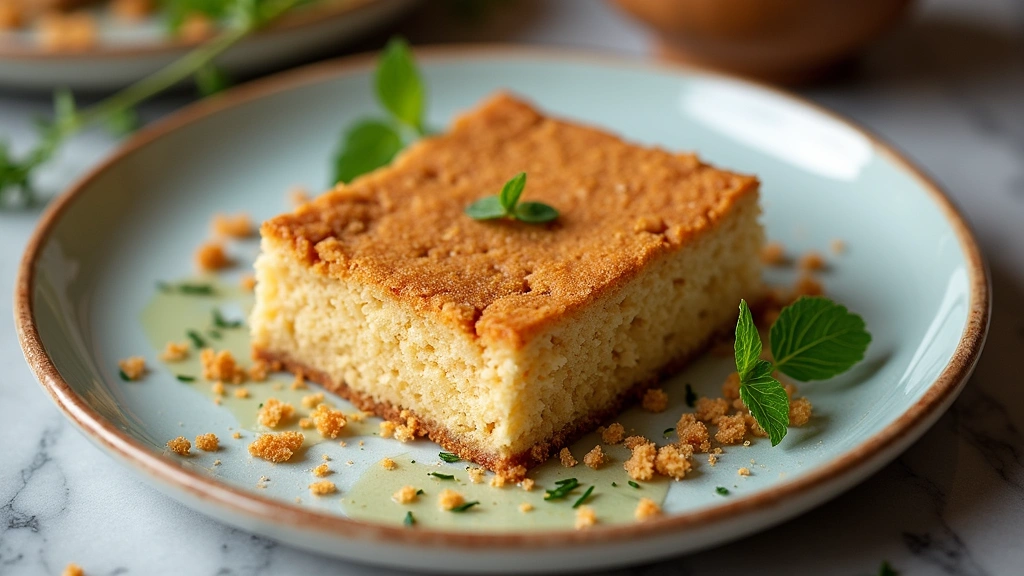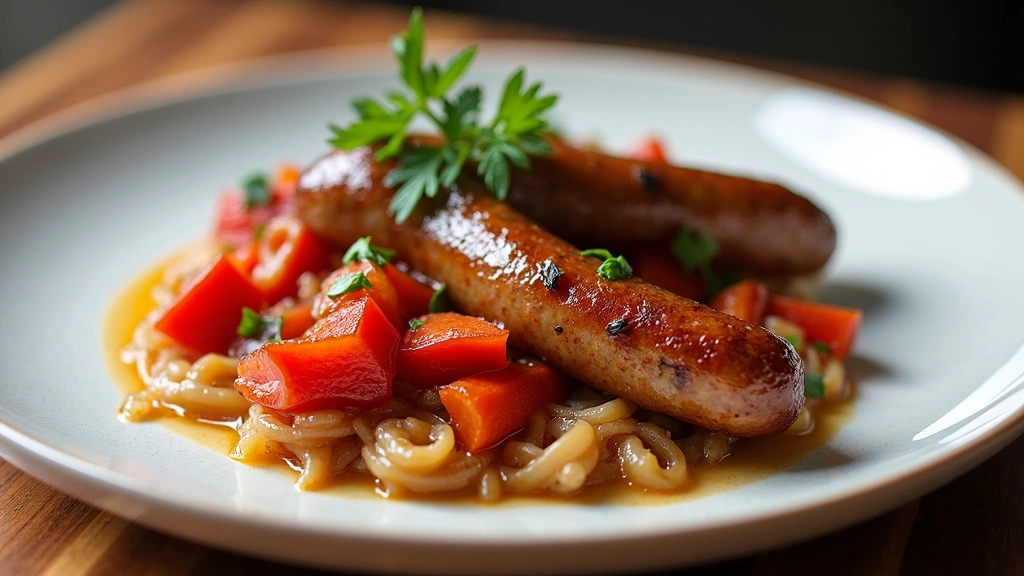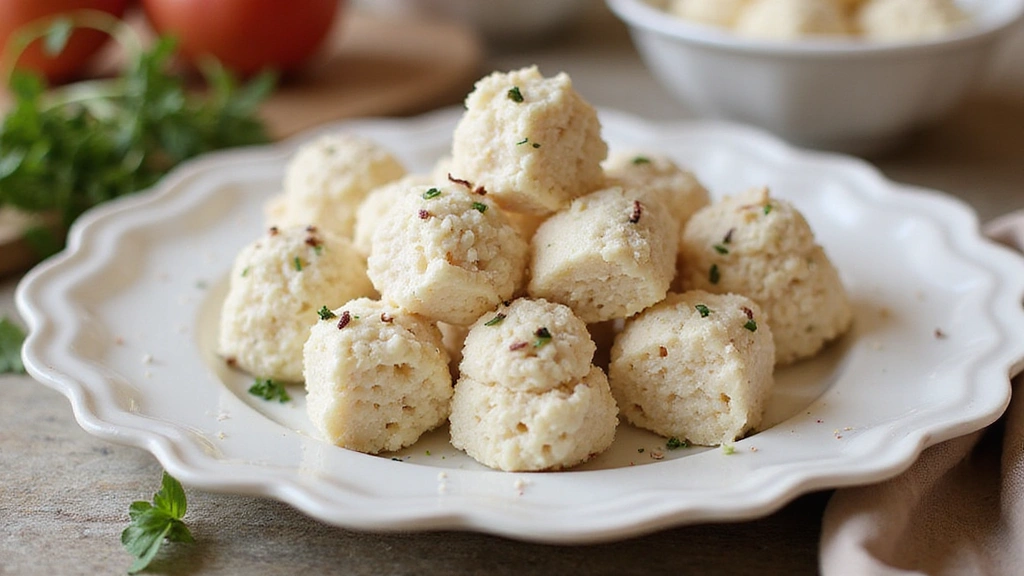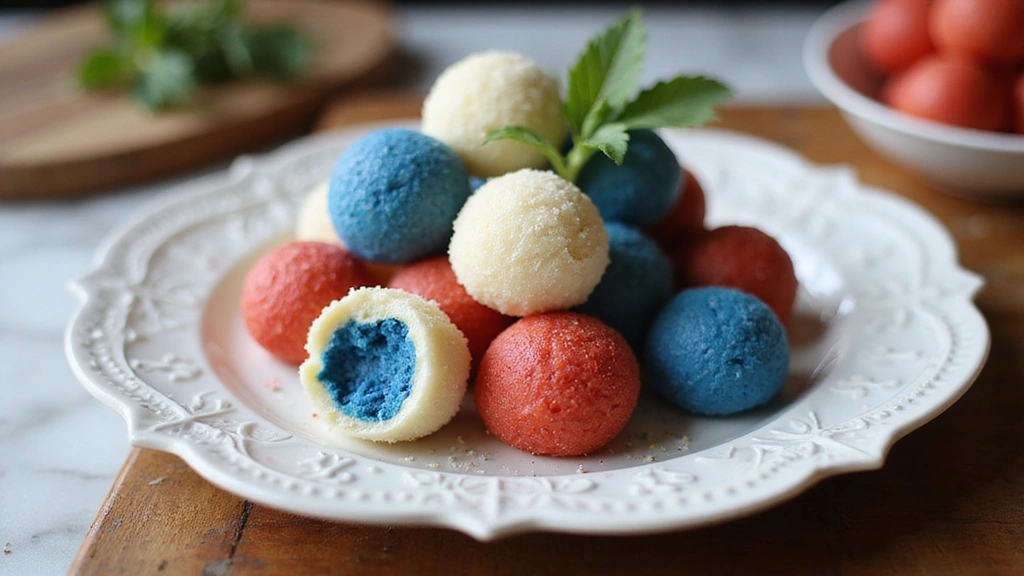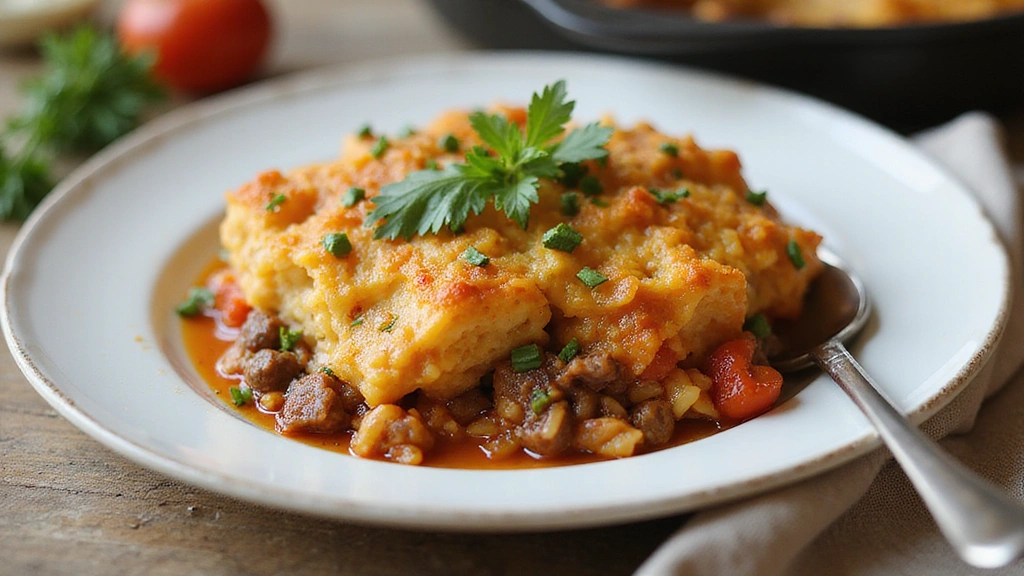The savory allure of kielbasa cooked to perfection on the stovetop offers a quick yet satisfying meal solution.
With its rich, smoky flavor profile, this dish is comfort food at its finest, ideal for busy weeknights.
I first tasted kielbasa during a crisp autumn evening in Poland, where it was served sizzling hot from a street vendor.
Its robust flavor and quick preparation time make it a go-to choice for those who crave hearty meals without the wait.
Whether you’re new to cooking or a seasoned home chef, this recipe promises a delicious outcome in just 15 minutes.
The History and Cultural Significance
• Fast Dinner Fix: traces its origins to Eastern Europe, where it was originally created by resourceful cooks using locally available meats and spices.
• The dish evolved over decades as modern preservation techniques improved, eventually becoming the beloved version we know today.
• In Poland, this dish traditionally appears at festive gatherings, symbolizing warmth and hospitality.
• While many variations exist across different regions, the authentic version maintains a smoky flavor that sets it apart from imitations.
Recipe Overview
Nutritional Information (per serving)
Essential Equipment Guide
Skillet: A heavy-bottomed skillet is crucial for achieving a perfect sear on the kielbasa, enhancing its flavor. Non-stick alternatives work too, but ensure they can handle high heat.
Tongs: These allow for easy flipping and handling of the sausage without piercing its skin, which helps retain juices.
Cutting Board: A sturdy cutting board is essential for safely slicing the kielbasa and accompanying vegetables. Look for one with a groove to catch any juices.
Ingredients
For the Base
|
| Amount | Ingredient | Notes |
|---|---|---|
| 4 links | kielbasa | sliced into 1/2-inch rounds |
| 2 tablespoons | olive oil | for frying, enhances flavor |
Vegetables
| Amount | Ingredient | Notes |
|---|---|---|
| 1 large | onion | sliced thinly |
| 1 medium | bell pepper | sliced into strips |
Seasonings
| Amount | Ingredient | Notes |
|---|---|---|
| 1 teaspoon | smoked paprika | adds depth |
| 1/2 teaspoon | black pepper | freshly ground for spice |
Preparation Methods
Proper Slicing Technique: Slicing the kielbasa at an angle increases the surface area, allowing for a better sear. Use a sharp knife for clean cuts.
Onion Caramelization: Slowly cooking onions over low heat draws out their natural sugars, resulting in a sweet, rich flavor that complements the kielbasa.
Even Heat Distribution: Maintaining an even heat ensures that the kielbasa cooks through without burning. Adjust the heat as needed to keep the skillet at a consistent temperature.
Step 1: Prepare Ingredients
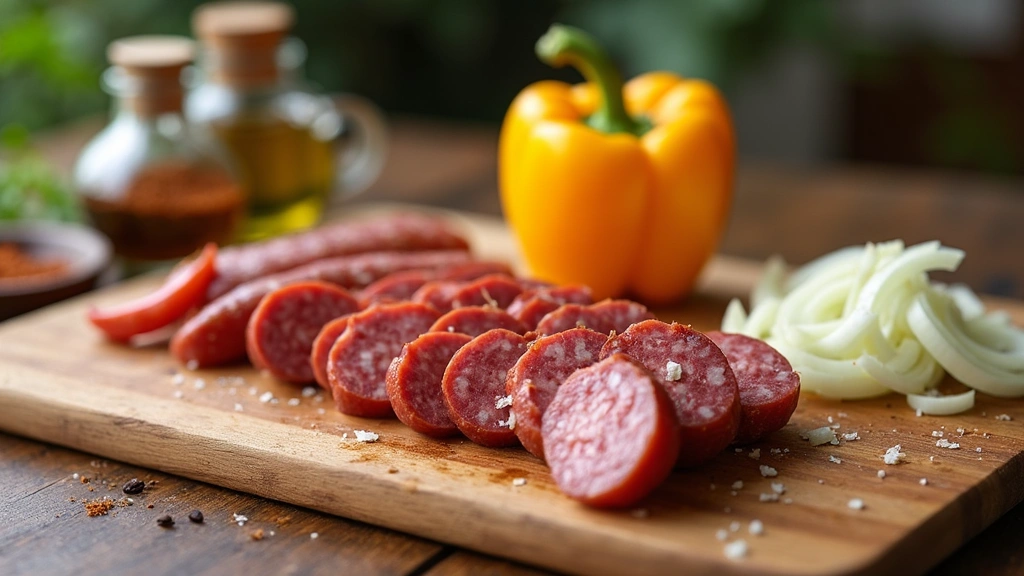
Gather all ingredients and equipment needed for the recipe.
Slice the kielbasa into 1/2-inch rounds on a cutting board.
Thinly slice the onion and bell pepper, keeping them separate for easy access.
Ensure all seasonings and utensils are within reach to streamline the cooking process.
Step 2: Heat the Skillet
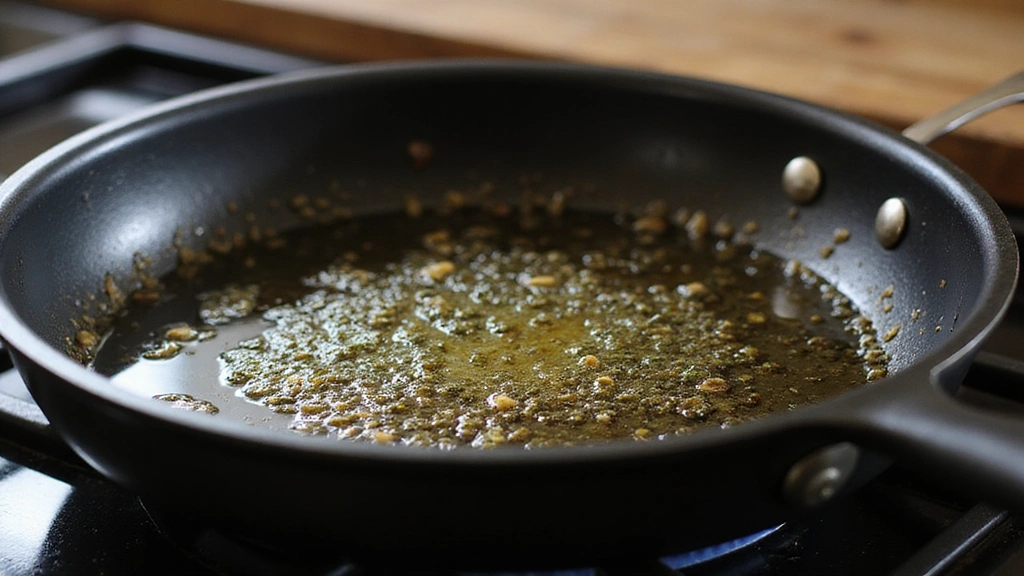
Place a heavy-bottomed skillet on the stove over medium-high heat.
Add olive oil to the skillet and allow it to heat until shimmering.
Ensure the oil is hot before adding any ingredients to prevent sticking.
Adjust the heat if necessary to maintain a consistent temperature.
Step 3: Sear the Kielbasa
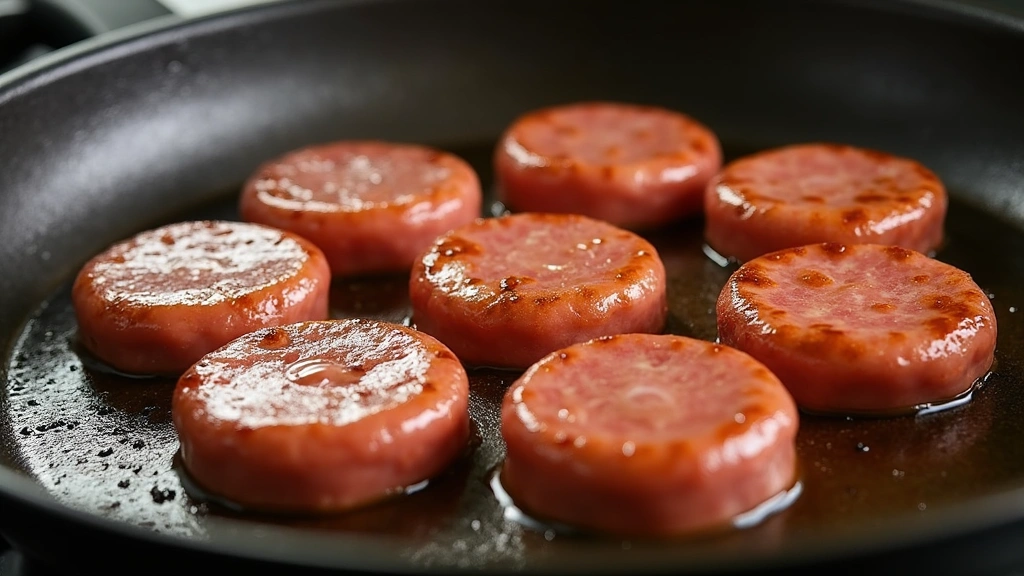
Add the sliced kielbasa to the skillet in a single layer.
Allow the kielbasa to cook without moving it for about 2-3 minutes.
Look for a golden-brown sear on one side before flipping.
Use tongs to flip the slices and sear the opposite side.
Step 4: Remove Kielbasa and Cook Onions
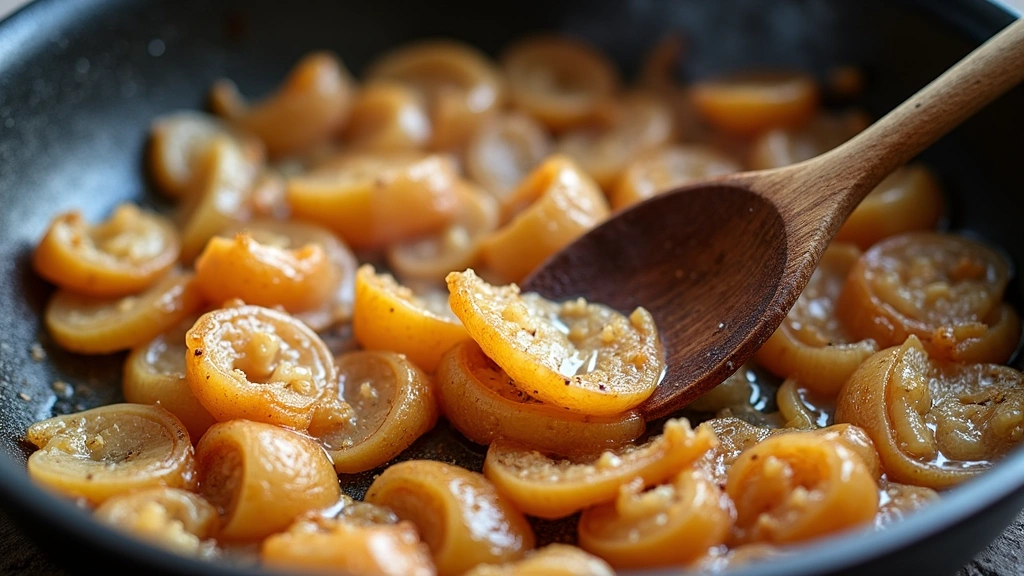
Once kielbasa is seared, remove it from the skillet and set aside.
Add sliced onions to the skillet, stirring to coat them in the residual oil.
Cook onions over medium heat, stirring occasionally for even caramelization.
Continue cooking until onions are soft and golden brown.
Step 5: Add Bell Peppers
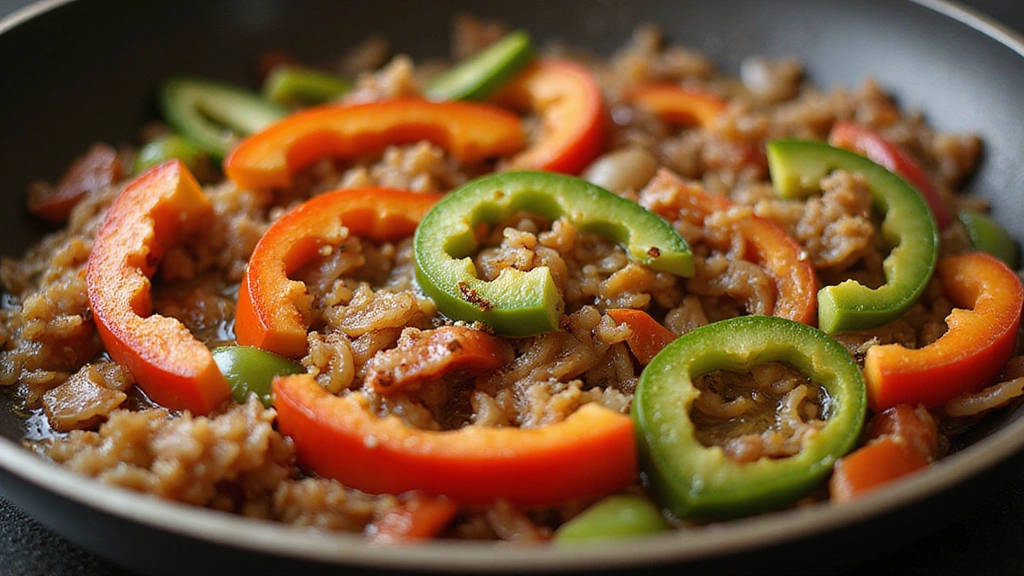
Once onions are caramelized, add sliced bell peppers to the skillet.
Stir the peppers with the onions to combine flavors.
Cook the mixture for 3-4 minutes until peppers are tender-crisp.
Ensure the vegetables are well-coated with oil and seasonings.
Step 6: Reintroduce Kielbasa
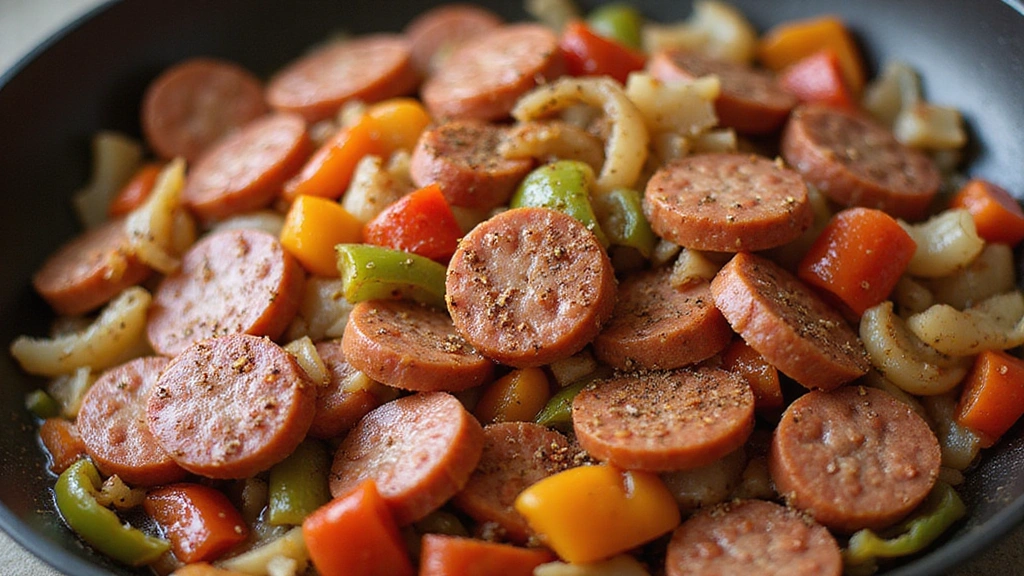
Return the seared kielbasa to the skillet with the vegetables.
Sprinkle smoked paprika and black pepper over the mixture.
Stir everything together to ensure even distribution of seasonings.
Cook for an additional 2-3 minutes to heat through.
Step 7: Adjust Seasoning
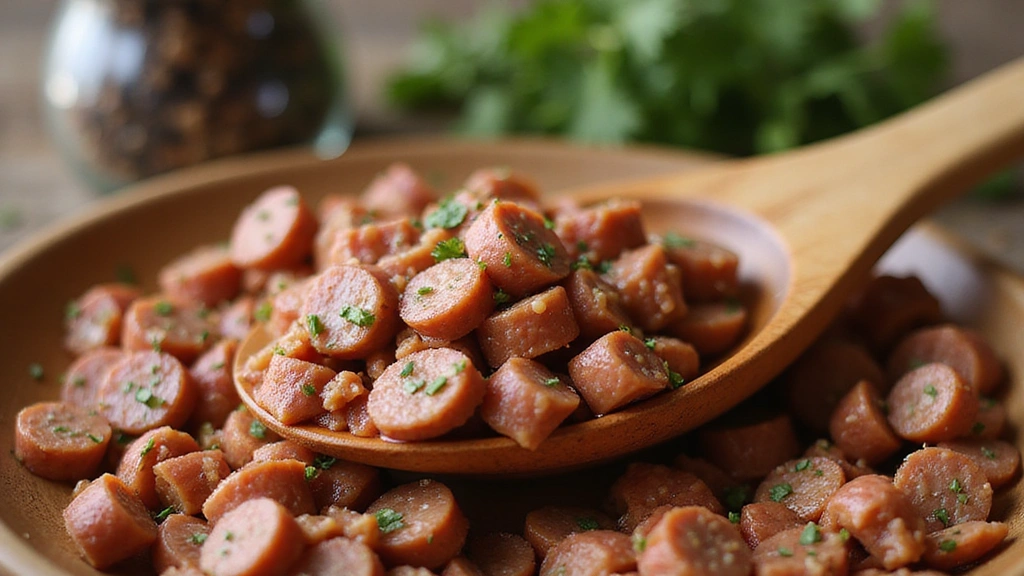
Taste the mixture and adjust seasoning as needed.
Add more black pepper or smoked paprika if desired for extra flavor.
Ensure the flavors are well-balanced before removing from heat.
Stir gently to incorporate any additional seasonings.
Step 8: Serve Hot
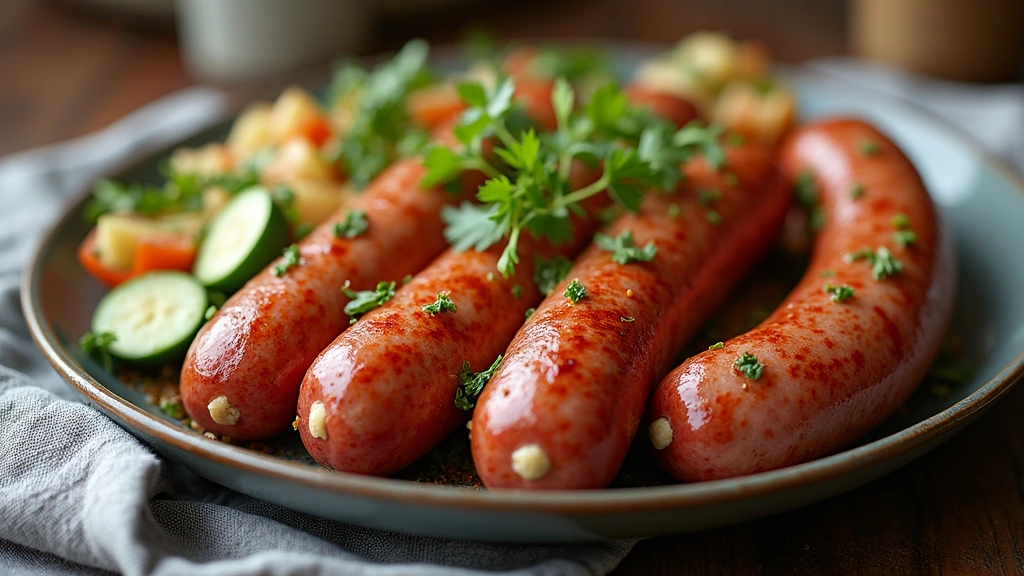
Transfer the cooked kielbasa and vegetables to a serving platter.
Garnish with fresh herbs if desired for added color.
Serve immediately while hot for the best flavor experience.
Enjoy this quick and savory meal with your favorite sides.
Critical Timing and Temperature Guide
Cooking Kielbasa: Sear on medium-high heat for 2-3 minutes per side until golden brown. Avoid overcrowding the skillet to ensure even cooking.
Onion Caramelization: Cook over medium heat for 5-7 minutes until soft and golden. Stir occasionally to prevent burning and encourage even browning.
Vegetable Tenderness: Bell peppers should be added after onions and cooked for 3-4 minutes until tender-crisp. Adjust heat as necessary to avoid overcooking.
Pro Tips for Fast Dinner Fix:
• Ingredient Selection: Opt for high-quality kielbasa with a natural casing for the best flavor and texture. Fresh vegetables enhance the overall dish quality.
• Preparation Secret: Chill the kielbasa slightly before slicing; this makes it firmer and easier to cut cleanly.
• Temperature Management: Ensure the skillet is hot before adding ingredients to achieve a good sear without sticking.
• Texture Enhancement: Allow the onions to caramelize fully for a rich, sweet flavor that complements the savory kielbasa.
• Flavor Layering: Use smoked paprika to add depth and complexity, enhancing the overall taste profile.
• Make-Ahead Strategies: Slice and store kielbasa and vegetables separately in airtight containers up to a day in advance.
• Restaurant-Quality Finishing Touches: Garnish with fresh parsley or dill for a bright, fresh contrast to the rich flavors.
• Equipment Optimization: Use a cast-iron skillet for optimal heat retention and distribution.
Troubleshooting Common Issues
• Kielbasa Sticking: Ensure the skillet is hot and well-oiled before adding kielbasa. This creates a natural non-stick surface.
• Overcooked Vegetables: Monitor the cooking time and adjust heat if vegetables are becoming too soft. Remove from heat when tender-crisp.
• Flavors Unbalanced: Taste and adjust seasonings before serving. Ensure enough salt and spices have been added to enhance the dish.
• Uneven Searing: Avoid overcrowding the skillet, which can cause steaming instead of searing. Cook in batches if necessary.
• Onions Burnt: Lower the heat if onions are browning too quickly. Stir frequently to prevent burning and encourage even caramelization.
Variations and Regional Differences
• German Style: This version includes sauerkraut and caraway seeds for a tangy twist. Serve with mustard for a traditional touch.
• Italian Influence: Incorporate tomatoes and basil for a Mediterranean flair, adding depth with garlic and olive oil.
• American Fusion: Use barbecue sauce and grilled onions for a sweet and smoky profile, perfect for summer cookouts.
• Polish Classic: Add potatoes and cabbage for a hearty, traditional meal common in Polish households.
Food Science Behind the Recipe
• Maillard Reaction: This browning process occurs when the kielbasa is seared, enhancing flavor through complex chemical reactions.
• Caramelization: The slow cooking of onions causes sugars to brown, adding sweetness and depth to the dish.
• Heat Conduction: Using a heavy skillet ensures even heat distribution, preventing hot spots and ensuring consistent cooking.
Frequently Asked Questions
What's the most common mistake people make when preparing kielbasa on the stovetop? Overcrowding the skillet, which causes steaming instead of searing, resulting in less flavor.
Can I use a different type of sausage? Yes, but ensure it's fully cooked before starting or adjust cooking times accordingly.
How do I store leftovers? Store in an airtight container in the refrigerator for up to 3 days. Reheat thoroughly before serving.
What sides pair well with this dish? Classic sides include mashed potatoes, sauerkraut, or a fresh green salad.
Can I make this dish vegetarian? Substitute kielbasa with vegetarian sausage alternatives and adjust seasonings to taste.
What's the best way to reheat this dish? Reheat in a skillet over medium heat until warmed through, adding a splash of water to prevent drying out.
How can I add more spice? Increase the amount of black pepper or add a pinch of cayenne pepper for extra heat.
Why is my kielbasa rubbery? Overcooking can cause kielbasa to become tough. Ensure it is cooked just until heated through.
Serving and Presentation Guide
• Traditional Presentation: Serve the kielbasa and vegetables on a large platter, garnished with chopped parsley.
• Casual Serving: Serve directly from the skillet at the table for a rustic, family-style meal.
• Elegant Plating: Arrange slices of kielbasa in a circular pattern with vegetables in the center, drizzled with a balsamic reduction.
• Buffet Style: Offer as part of a buffet with various sides, allowing guests to customize their plates.
Conclusion
This quick and flavorful kielbasa recipe is perfect for any night of the week.
With minimal preparation and cook time, it fits seamlessly into a busy lifestyle.
Try this recipe tonight and enjoy a delicious meal in just 15 minutes.

